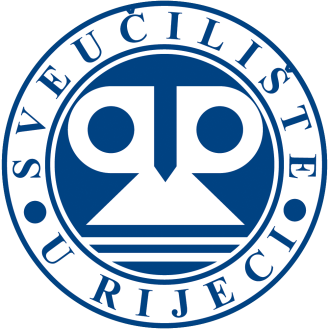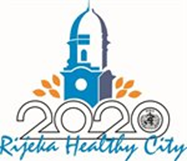Immunological and regenerative implications of corrosion of dental materials in children and adolescents
Principal Investigator: Associate Professor Stjepan Špalj
Department: Department of Orthodontics, Faculty of Medicine
Institution: University of Rijeka, Croatia
Key words: allergy, antibiotic resistance, nickel exposure, titan exposure, corrosion
Tooth movement, based on nickel-titanium appliance, has great osteogenic potential, it can regenerate deficient alveolar bone sites and gingiva, rehabilitate deficient occlusal relationships and masticatory function. Due to prolonged therapy materials and techniques for prevention and regeneration of damaged enamel and oral tissues are concurrently used. Oral cavity can be considered as a galvanic cell, where saliva is electrolyte and dental alloys and oral agents are galvanic coupling components. Decreasing elasticity of orthodontic wires due to intraoral corrosion can produce excessive forces and therefore can disturb regeneration of tissues and irreparable damage to root and surrounding periodontium and bone. Due to long-term exposure corrosive products are released into adjacent tissues, saliva and blood. There from a number of undesired side effects can develop. Nowadays, the allergies occur more often and onset earlier during a lifetime. Children and young adolescents are undergoing pubertal growth, changes and maturation of immune system and particular attention should be paid to their exposure. Nickel has been well known allergen, present in many dental alloys. Nickel allergic hypersensitivity occurs in up to 28.5% of the population and it cannot be considered a low potential risk. Lately, allergic reactions to titanium were reported in patients with endoprosthesis and dental implants, contrary to the previously established biocompatibility. The occurrence of an allergy to titanium could be responsible for successive unexplained cases of failure of dental implants. Nickel and titan can enhance resistance of some bacteria to antibiotics which can produce problems in treatment of several infections that are more common in children and adolescents. The aim of this project is to explore to what extent and by which mechanisms does corrosion of dental materials based on nickel and titan produce above mentioned biological effects.



